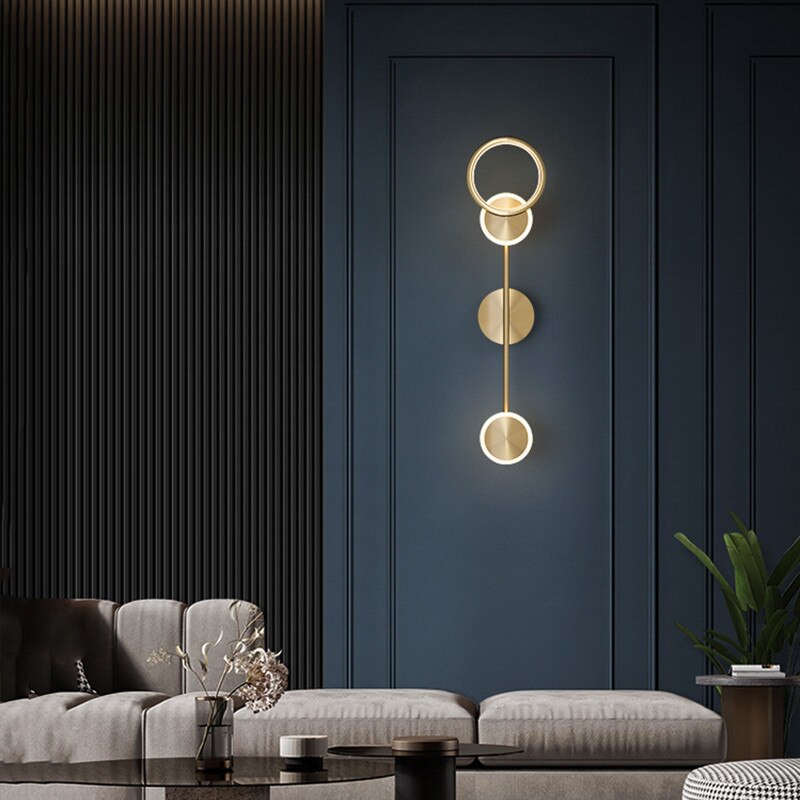Lighting is an essential aspect of any space, be it residential or commercial. The right kind of lighting can transform the ambiance and influence the mood of the occupants. However, the advancements in lighting technology have left behind many old light fittings, which have become outdated and inefficient. Retrofitting old light fittings with modern lighting technology is an innovative solution that not only conserves energy but also enhances the aesthetic appeal of the space. This article discusses the benefits of retrofitting old light fittings, the various components involved in the process and some examples of successful retrofitting projects.
The Benefits of Retrofitting Old Light Fittings
Retrofitting old light fittings with modern lighting technology offers several benefits, including:
Energy Efficiency:
One of the primary reasons to retrofit old light fittings is energy efficiency. Old light fittings consume more energy than modern technology. Retrofitting them with modern LED lights can reduce energy consumption by up to 80%.
Cost Savings:
Reduced energy consumption directly results in cost savings. Retrofitting your old light fittings can help you save money on your electricity bills. Additionally, LED lights have a longer lifespan than traditional lighting, requiring less maintenance and reducing costs even further.
Improved Aesthetic Appeal:
Retrofitting old light fittings can transform the ambiance of a space. With modern lighting technology, you can change the color, brightness and angle of light to create an atmosphere that suits your taste and mood. LED lights also emit very little heat, allowing for new creative lighting designs that were not possible with old light fittings.
The Components of Retrofitting Old Light Fittings
Retrofitting old light fittings with modern lighting technology involves a few essential components, including:
LED Bulbs:
LED bulbs are energy-efficient and long-lasting, making them a popular choice when retrofitting old light fittings. LED bulbs come in different shapes and sizes, making them easy to fit into existing light fittings.
Ballasts:
Ballasts are essential in retrofitting fluorescent light fittings. Fluorescent bulbs require a ballast to regulate the amount of electricity flowing through the bulb. In retrofitting old light fittings, the ballast needs to be compatible with the new LED bulbs used.
Dimmer Switches:
Dimmer switches allow you to adjust the brightness of the light, saving energy and creating a more comfortable atmosphere. However, not all LED bulbs are compatible with older dimmer switches. Retrofitting the light fittings requires the installation of new, compatible dimmer switches.
Examples of Successful Retrofit Projects
Here are some examples of successful retrofitting projects:
Empire State Building:
The Empire State Building in New York City underwent a retrofitting project in 2009, where 6,514 old light fixtures were replaced with energy-efficient LED lights. The retrofitting resulted in a reduction of energy consumption by 38%, saving the building approximately $4.4 million per year in electricity costs.
Westin Bonaventure Hotel:
The Westin Bonaventure Hotel in Los Angeles retrofitted 21,000 old light fittings with LED lights in 2017, resulting in a 50% reduction in energy consumption.
Dixie Outlet Mall:
The Dixie Outlet Mall in Mississauga, Canada retrofitted 1,800 old light fittings with LED lights in 2019, resulting in a 50% reduction in energy consumption and a 90% reduction in maintenance costs.
Retrofitting old light fittings with modern lighting technology can revolutionize the ambiance and energy efficiency of a space while saving money on electricity bills. With LED bulbs, ballasts and dimmer switches, retrofitting can be a simple and cost-effective solution. Successful examples of retrofitting projects demonstrate the potential for energy savings and improved aesthetic appeal in commercial and residential spaces.





More Stories
Stunning Living Room Upgrade: The Perfect Chandelier
Shine Bright: Elevate Your Living Room with a Stunning Chandelier
Exquisite Asian Floor Lamps: Harnessing the Beauty and Elegance of the Orient